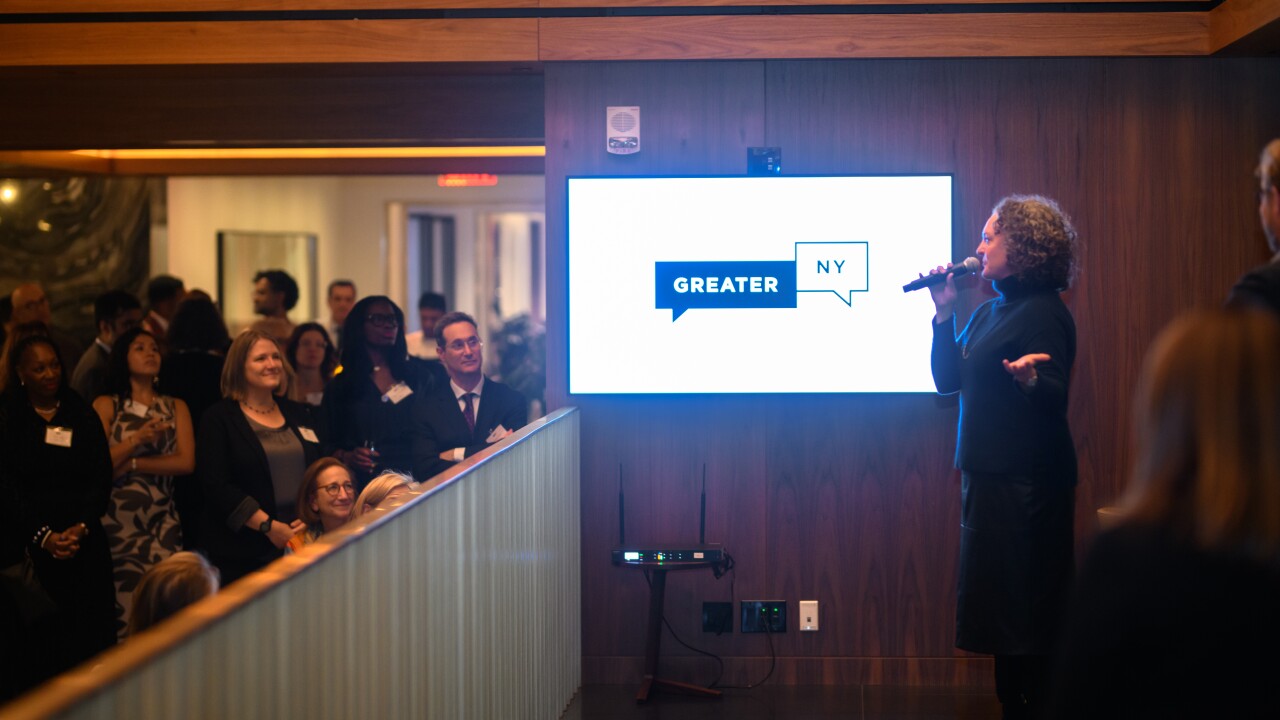
A Detroit-area community bank is building out a two-year-old subsidiary that its CEO sees as offering a counterweight to traditional commercial lending.
The $824 million-asset Oxford Bank Corp. launched Oxford Commercial Finance in 2023. The unit provides factoring, asset-based lending, leasing and term loans to businesses that aren't a good fit for conventional bank loans.
CEO David Lamb's plan is to scale Oxford Commercial Finance's operation nationwide, creating a niche business that diversifies the parent company's revenue stream. "We would like to do more on a national basis," Lamb told American Banker. "The industry is moving toward a lot more niches. To do a niche effectively, you have to have volume."
The Oxford, Michigan-based holding company for Oxford Bank reported a $3.9 million year-over-year increase in noninterest expenses in 2024, driven primarily by its investment in improved systems and an expanded staff at Oxford Commercial Finance.

The spending crimped Oxford's bottom line. Year-end 2024 net income totaled $10 million, down 17% from the 2023 result. The bank's investments may be nearing a dividend, though. Oxford's first-quarter results included linked-quarter increases in loans, commercial-finance-related fee income and net income.
The momentum appears to have continued into the second quarter. Oxford recently reported closing a $2 million asset-backed loan to a Wisconsin-based fastener company, as well as a $750,000 factoring facility for a temporary nurse staffing agency in California.
Oxford's commercial finance initiative parallels decisions by several other community banks to jump into the commercial finance space in recent years. Most prominently, the $3.1 billion-asset Northrim BanCorp in Anchorage, Alaska, acquired Sallyport Commercial Finance in Sugar Land, Texas, for $53.9 million in cash in November.
Substantial up-front investments are table stakes for banks interested in commercial finance, said Yvonne Kizner, senior vice president and head of asset-based lending at the $6.8 billion-asset Cambridge Savings Bank.
"You do need to be set up properly, [with] the right people and the right systems in place," Kizner told American Banker. "That's critical. A lot of folks don't invest enough up front. You can't do this with one or two people working off spreadsheets."
Kizner introduced asset-backed lending at Massachusetts-based Cambridge Savings in 2019. Five years later, her team regularly closes seven- and eight-figure deals, including a recent $5 million loan to Marlborough, Massachusetts-based Global Printing and Packaging. In February, Cambridge Savings provided a $10 million credit line to Belle Brands, a line of personal care products.
Like Oxford Commercial Finance, Kizner is seeking to expand her team's footprint from its roots in New England, New York and New Jersey southward down the East Coast.
"I have a couple of prospects I'm working on that are in that expanded footprint," Kizner said. "Right now, the southernmost prospect is in Baltimore."
"I just have to get out there and spread that message," Kizner added.
Asset-based lending, which involves underwriting a borrower's inventory, account receivables and equipment, was long regarded by banks as an "ugly stepchild." But it has become more mainstream over the past 15 years, as systems have improved and financial professionals have become more knowledgeable about and comfortable with the stricter reporting and covenant requirements, according to Kizner.
"We have a whole bunch of financial advisors and CFOs who understand the [asset-based lending] product and really like it," Kizner said. "It forces a discipline on you in terms of reporting. Once you get used to that, you end up with a very well-run organization."
Factoring is seeing a similar mainstreaming process, Tania Daniel, president and CEO of the International Factoring Association, told American Banker. Factoring involves a third-party financier buying a business' outstanding receivables.
"It used to be that factors were very entrepreneurial and independent," Daniel said. "Not many banks were involved at all. Over the years, more have become involved, as banks have come in and acquired factors."
Oxford got its introduction to the factoring business in 2022, when it acquired FSW Funding, a Phoenix, Arizona-based factoring firm that it later rolled into Oxford Commercial Finance.
Lamb called both asset-based lending and factoring "very people-intensive" businesses, since the credits require almost daily oversight and decisioning. Though he doesn't see them ever replacing conventional commercial lending as Oxford's bread-and-butter business line, Lamb views factoring — and commercial finance more broadly — as valuable additions to Oxford's toolkit.
"We want it to be meaningful enough to contribute and act as a counterweight to the conventional business," Lamb said.






